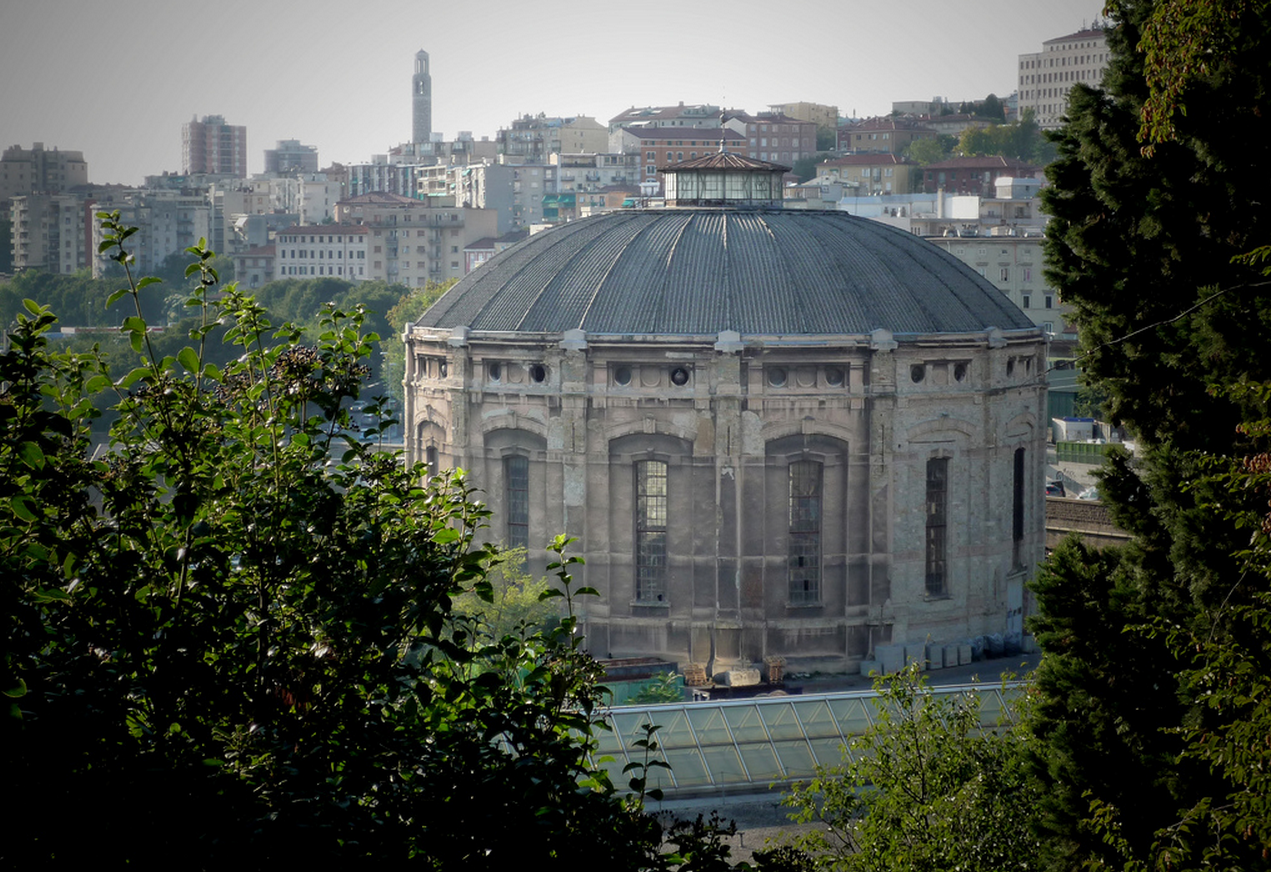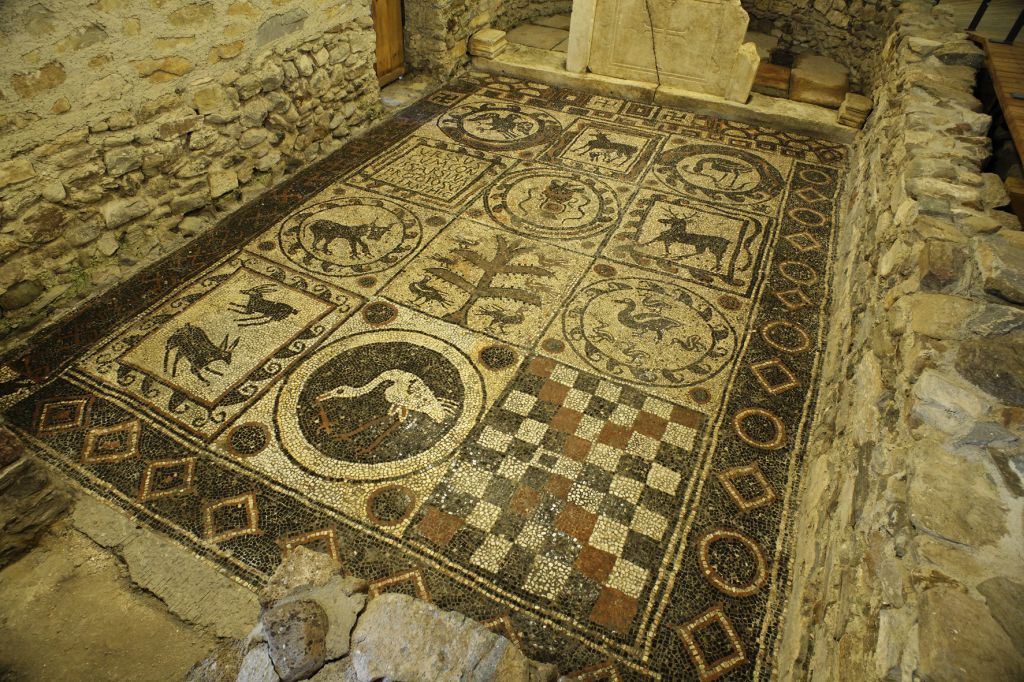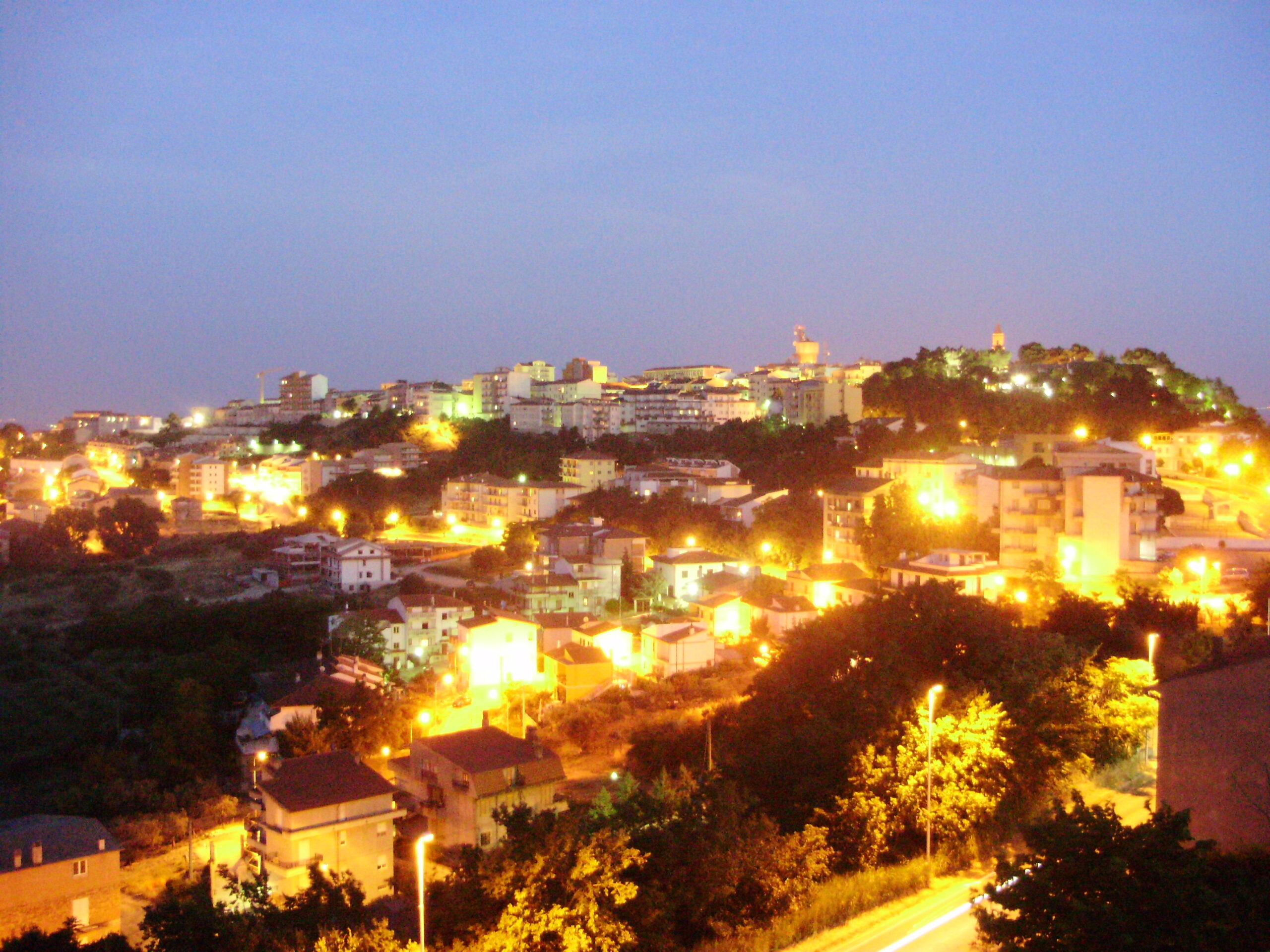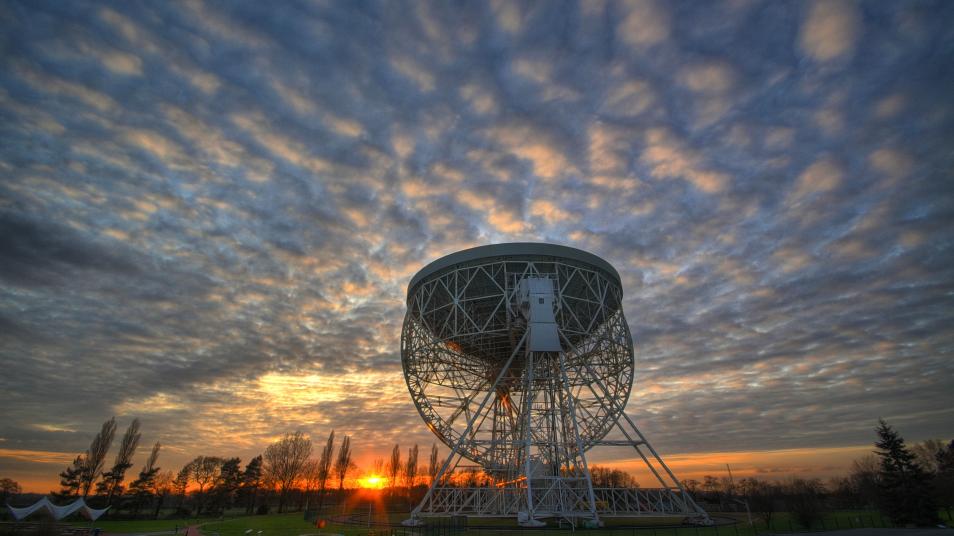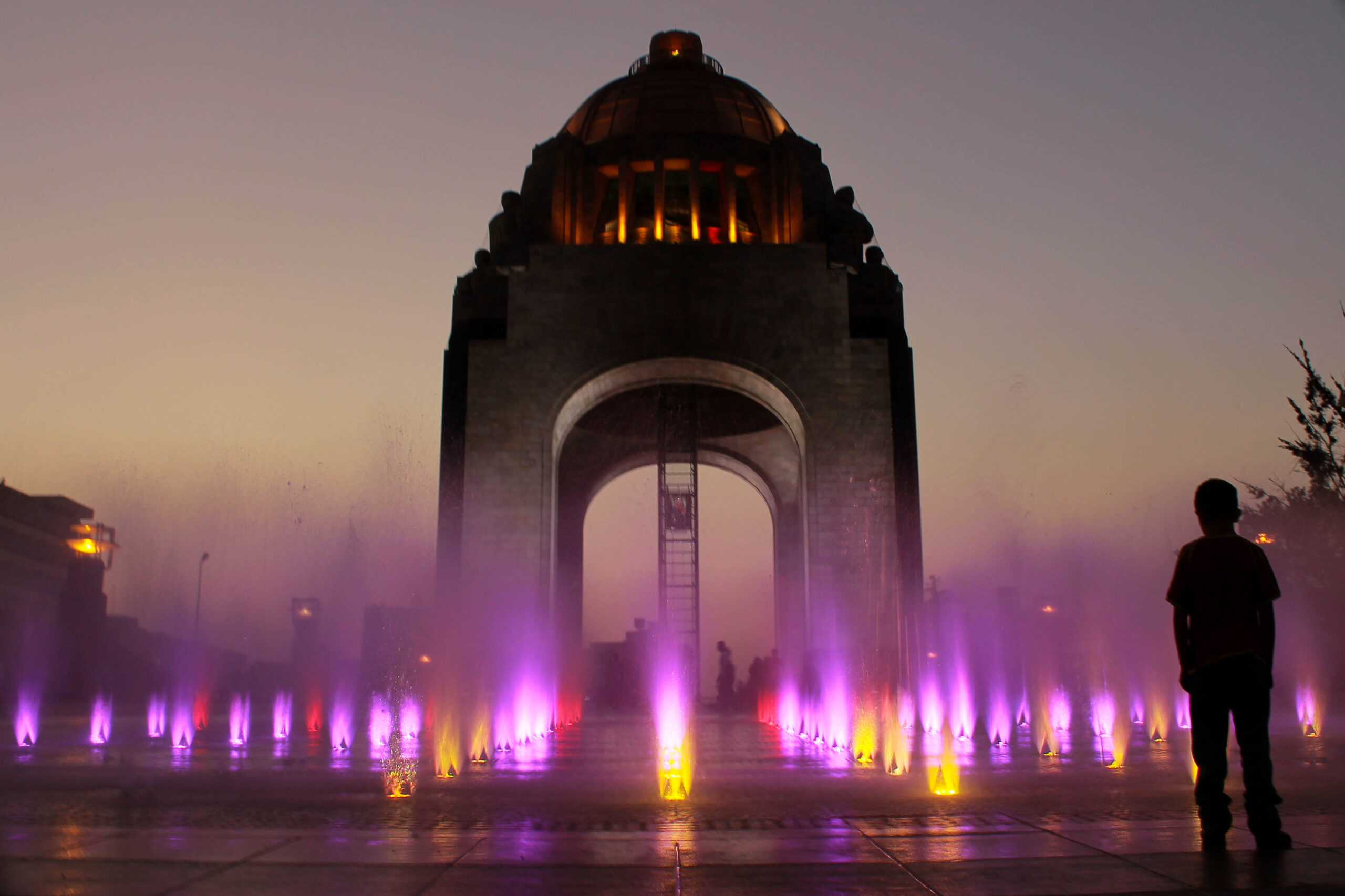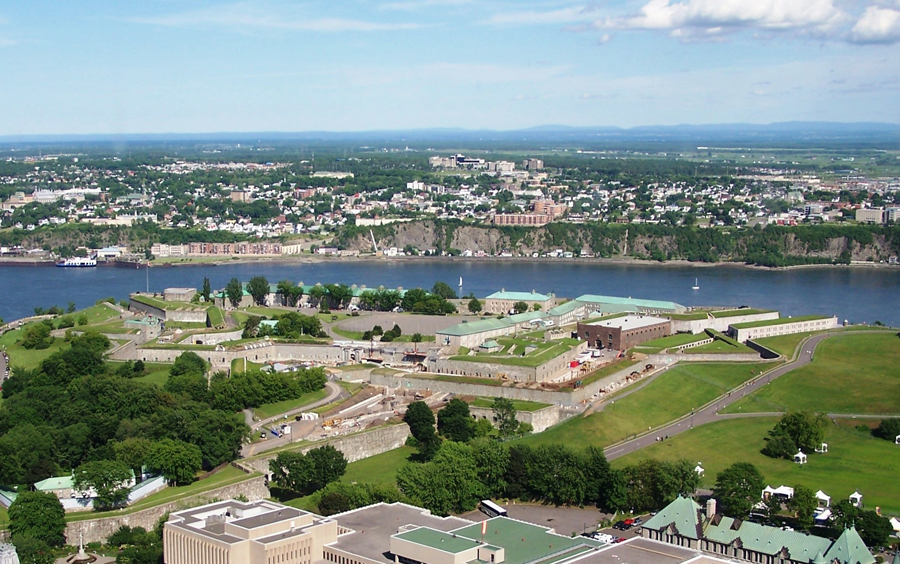At the beginning of Via Svevo stands the imposing Gasometer, built in 1901 in what was then Via Broletto, named after the homonymous valley, which belonged to the noble Giuliani family, and since 1869 owned by Giuseppe Millanich.
From the first half of the nineteenth century, this area underwent a strong urban and industrial development with the construction of shipyards and industries, such as the Adriatic Naval Establishment, the Trieste Technical Establishment and the Lloyd’s Arsenal.
At the end of the nineteenth century, the increase in gas consumption, both public and private, due to the expansion of the city, made it necessary to expand the existing structures used in this production (the first one, Usina Comunale del Gas, had already been in operation since 1846). For this reason, the construction of a newer and larger watertight gasometer in the Broletto area was planned.
17435826The building was designed by the civil engineer Francesco Buonaffi and commissioned by the Azienda Comunale Elettricità Gas Acqua of Trieste. The circular structure, made of stone and iron, has a diameter of 45 m and is 35 m high, with a capacity of 20,000 cubic meters of gas. The gasometer is of the "watertight" type, otherwise known as a "water tank" and has a dome with a wood-panelled interior, while the exterior has numerous small windows and a lantern with a gallery and various decorative motifs. On the façade there are 14 large metal-framed windows and a stone manometer crowned by a slab bearing the inscription "ADMCMII".
It survived the bombings of 1916, but remained inactive during the Second World War and was closed in 1947. Compared to other similar structures, the Broletto Gasometer was not demolished but protected as an asset of cultural interest, preserving only the external structure. In 2007 it was proposed to recover it as a planetarium and astronomy museum, a hypothesis that fell on deaf ears.
